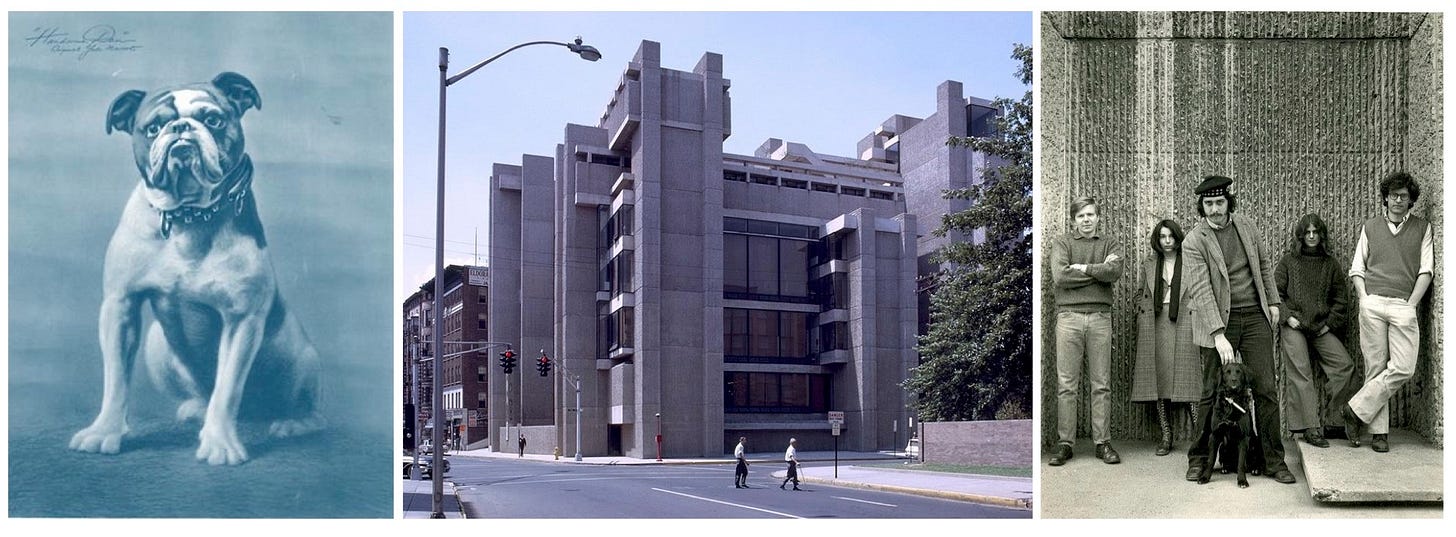SKIN IN THE GAME: Part 5
#119: Advancing by Degrees
Nearly fifty years have passed since I graduated from the Yale School of Art, when the world was a very different place. Speaking of art in terms of money was in those days regarded with scorn; whereas now few speak of anything but. Mona Lisa had been valued at a gobsmacking $100 million dollars in 1962, which in today’s money would be more than a thousand times more. The highest price paid for a work by a living artist was La Belle Hollandaise by Pablo Picasso, which sold in 1959 for £55,000—the equivalent of £1,635,000, or roughly $2,175,000 in today’s money. Another painting from 1905— Garçon à la pipe—sold in 2004 for $104 million, including buyer’s premium. Pablo Picasso had been the reigning master until his death in 1973, which proved to be a landmark year when The Scull Sale set record auction prices for contemporary art, and the National Gallery of Australia purchased Jackson Pollock’s Blue Poles for $1.3 million dollars—The highest price ever paid for an American painting.

It might seem like chump change in today’s art market, but the sum triggered outrage at what many Aussies regarded as profligate spending for an incomprehensible non-antipodean work of art. The late Australian-born critic and author Robert Hughes described the painting as among Pollock’s best works. Hughes praise of its mastery of scale and “lyric invention” is drowned out by its present half-billion-US-dollar valuation. The Pitmen Painters is a 2007 play by Lee Hall that concerns a collection of Northumbrian coal-miners acclaimed for their naïve paintings. When asked by a member of The Ashington Group why his work is not selling for more, the group’s benefactor explains that “the price has nothing to do with the value.”
Keep reading with a 7-day free trial
Subscribe to TRUE PLACES to keep reading this post and get 7 days of free access to the full post archives.


